Prune to Bloom: What Gardens and Farms Teach Us About Life, Growth, and Letting Go
In the garden—and on the farm—major pruning and weeding are essential. Wisteria, roses, and grapevines must be cut back dramatically in order to bloom abundantly. Weeds must be cleared with intention so flowers and vegetables can truly thrive.
The same is true for humans.
Growth doesn’t come from producing more. It comes from letting go. It comes from pruning and weeding out what is quietly stealing your nutrients, energy, and attention.
Even when what we’re cutting away once brought us joy, success, or safety.
A vine’s strength is often wasted on too many good—but not great—branches. The same is true for us.
Our human energy is also precious. When it’s pulled in too many directions, we don’t bloom. We survive.
Pruning isn’t easy. In the garden or our lives, it can feel terrifying.
We often have to cut away things that look healthy:
Roles we’ve outgrown.
Habits that no longer align.
Relationships that are “fine” but no longer nourishing.
In fact, “healthy-but-not-great” may be the hardest to let go of.
The clearly toxic is easier to release. The quietly misaligned is what holds us back the most.
I’ve pruned away many things that, from the outside, looked thriving:
A successful pediatric practice.
Financial stability and excellent benefits.
My role as Wellness Chief
Even my beloved home in San Francisco.
Not because they weren’t working—but because they were no longer meant for me. I knew I couldn’t grow into the next version of myself while still holding on.
We tend to cling to what’s familiar, even when it’s no longer meant for us.
We overestimate the pain of endings and underestimate the cost of prolonging them.
Most of us, including me, delay pruning far too long—and pay the price in burnout, disconnection, and stagnation.
Healthy pruning is not impulsive. It’s not about hacking things away. It’s about clarity.
It’s about recognizing what is no longer aligned, what is quietly draining your energy, and redirecting that energy toward what could truly flourish.
Pruning early—at the first signs of misalignment—is far easier than waiting until a plant is overgrown or barely surviving.
The same is true in life.
What in your life is ready to be let go of, not because it failed, but because it’s complete?
What you’re afraid to end may be exactly what’s holding you back from your next season of growth.
Is it a job? A way of living? An old goal, identity, or dream that no longer fits?
We’re conditioned to believe we need to do more to bloom.
Fertilize. Water more. Take another class. Earn another credential. Push harder.
What if blooming didn’t require more effort?
What if it simply required pruning?
Reach out if you want help pruning and connecting with clarity, so you can bloom abundantly.
